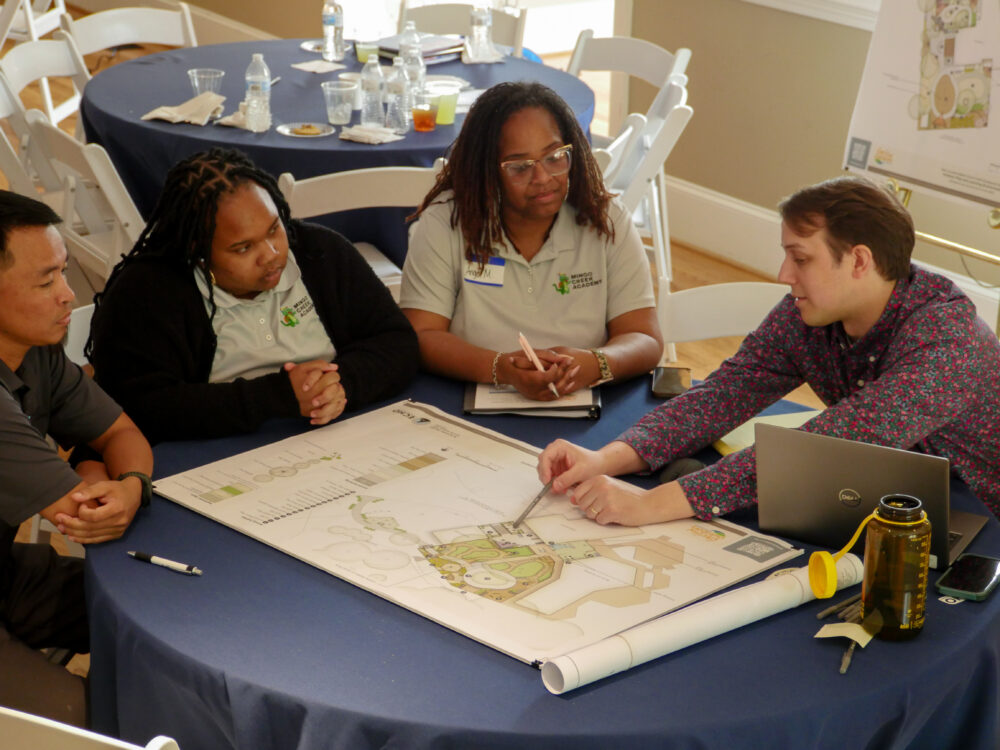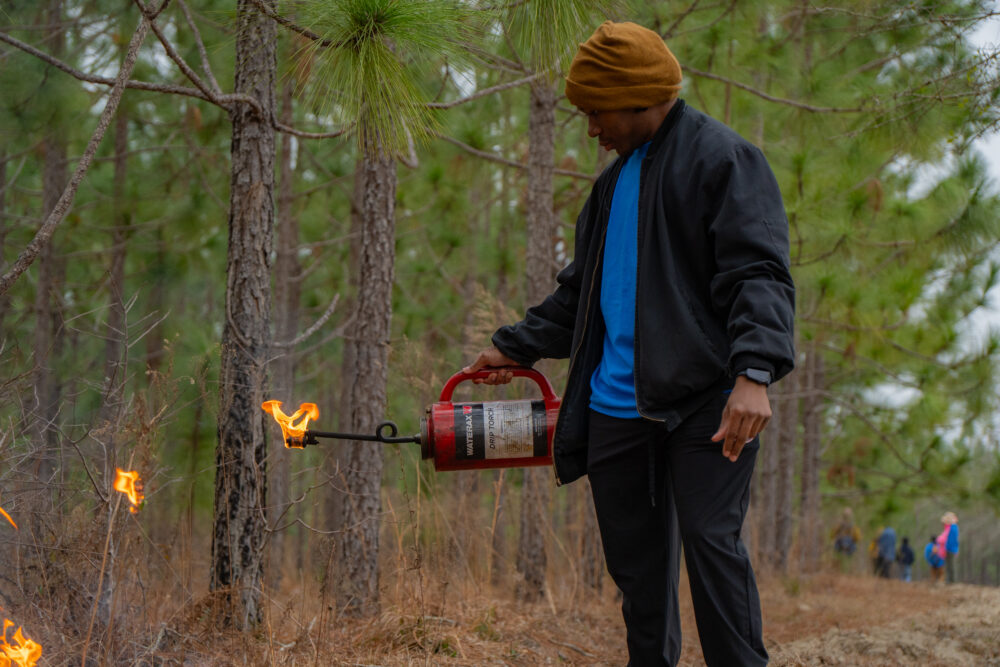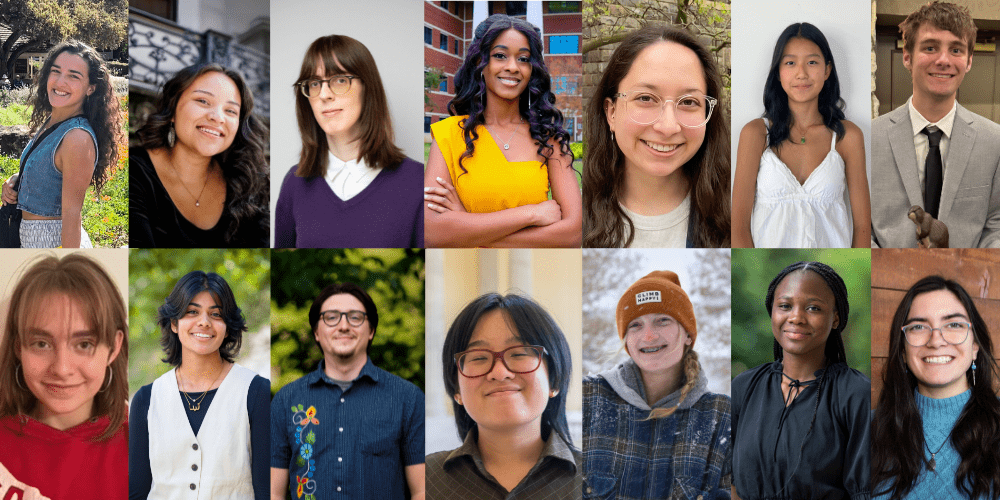We have much more to do and your continued support is needed now more than ever.
Re-Energizing the Heartland
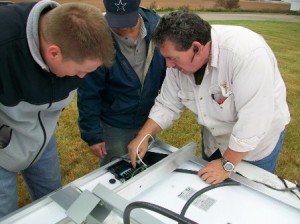
At Henry Ford Community College in Dearborn, Michigan, the renewable energy program is growing by leaps and bounds. “For the first four years of the program, we offered five classes in renewable energy,” says instructor Greg Laskowsky. “They were never full. Then, in 2007, gas prices went up. By early 2008 we’d filled a couple of classes, and by the fall all five were full. This year? We welcomed 547 new students to the program.” HFCC now offers fourteen courses in renewable energy, with continued growth expected. 50-60 percent of the new students are laid-off employees of all age groups from the automotive and various support industries.
“When the dominoes fall, they fall across the board,” says Laskowsky. “We have folks off the assembly line in our program, but we also have white collar workers, mechanical engineers with MBAs, you name it.”
A similar trend is occurring at other schools. The students in the renewable energy program at Eastern Iowa Community Colleges in Davenport, Iowa range in age from 19-70, with an average age of 40. Many of the students returning to school are retraining for a second career. “70 percent of our incoming students are layoffs from John Deere and other big employers,” says instructor Ryan Light. EICC is also home to the Advanced Technology Environmental Energy Center (ATEEC), which is in the process of creating curriculum to link high school students with two year community college environmental programs across the globe. ATEEC recently received a national Wider Opportunities for Women (WOW) grant. The grant will allow EICC to expand their career program to include a green technologies track specifically geared to increasing employment and advancement opportunities for low-income women and promoting their inclusion in the creation of high-skill and high-wage jobs in the emerging green economy. “Out of our top ten students, eight are female,” commented Light. “They don’t mess around as much as guys.”
Cooperation Nation
With so many entry points in the field of renewable energy, the community colleges of Iowa collaboratively chose to focus on different aspects so that their programs are complementary, rather than in competition with one another. EICC’s focus is on small system installations, whereas Iowa Lakes Community College trains students for large commercial installations. Others, such as Des Moines Community College, focus on manufacturing components for renewable energy. Blackhawk Community College in Illinois, just across the Mississippi River from EICC, puts their focus on preparing students to enter Illinois State University’s BA program in designing renewable energy systems.
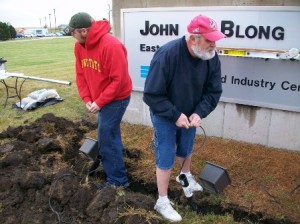
Bright Futures
Now the biggest problem just may be keeping students out of the job market long enough to finish the program. According to Light, “We’ve had four companies [in Iowa] get up and running in the last six months that are looking for students to fill their slots as installers. I had to make an agreement with them that they’ll let our students finish school, even if it overlaps with their new job.”
Prospects are bright for Henry Ford students, also: GE is moving to southeast Michigan with a promised 1200 engineering jobs, and Hemlock Semiconductor is tripling the size of their plant that creates solar components. General Motors is opening a battery plant to support the Volt, their new plug-in hybrid vehicle. The Ford plant where many current students used to help manufacture Lincolns and Thunderbirds is being transformed into a huge, multi-company renewable energy park.
Some students may even end up being hired back by John Deere, which is developing wind generation across the Midwest. In Michigan, John Deere runs a farm of 32 turbines which feed power to Wolverine Power and Light, a farmer’s energy cooperative. DTE Energy plans to add 120 turbines in the next couple of years as they reach toward a goal of at least 280 turbines by 2020-and possibly several hundred more, as anticipated national legislation pushes up goals for clean energy generation. Other students may end up working for the Midwestern-based Mariah Power, a manufacturer of vertical axis wind turbines. “We’re going back to our roots,” Laskowsky says. “The Midwest used to be full of farms with windmills. Now it will be again.”












